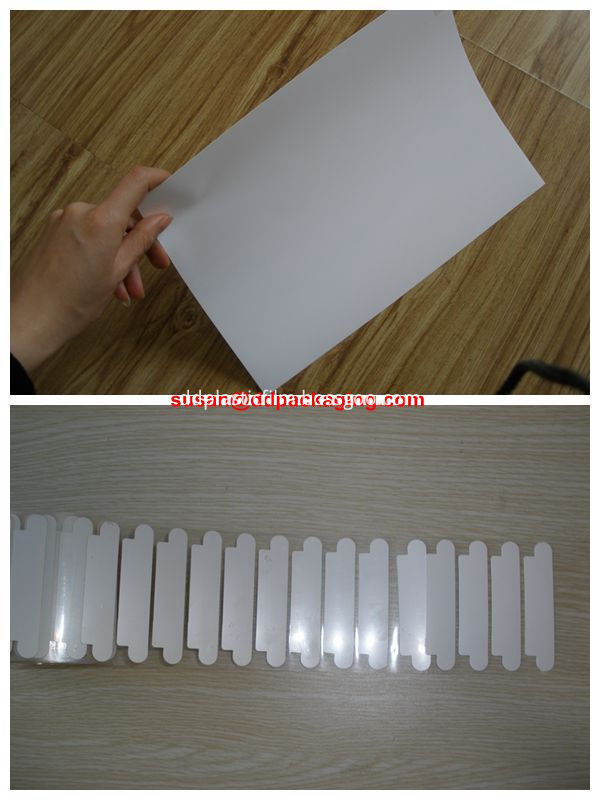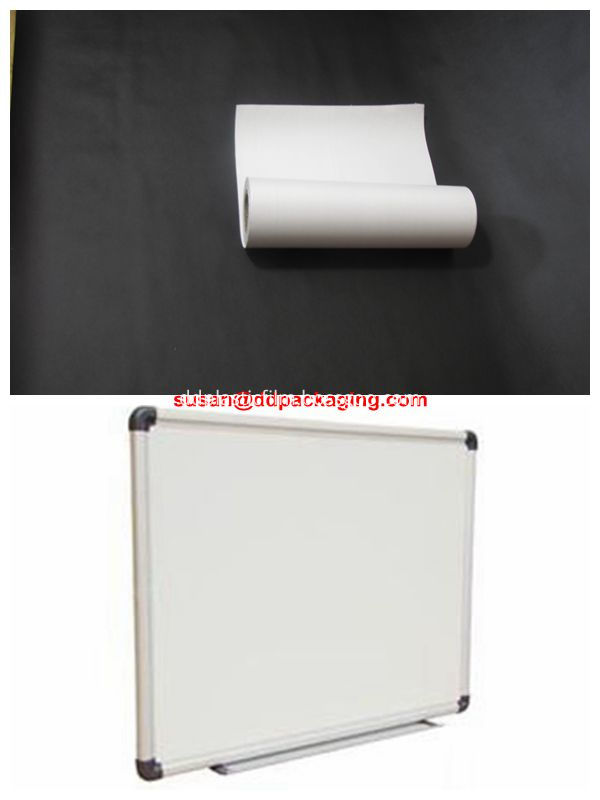Application of RFID Technology on Tile Lines
This article will discuss the role of RFID technology in improving the efficiency of tile line and whole plant production, and even bring drastic changes to the production of tile line and carton plant. At the same time, some issues that need to be solved in the practical application of RFID technology will also be discussed, such as how to place labels on cartons and pallets, and environmental issues related to the corrugated box industry. RFID Technology Introduction The front end of the RFID system contains two main components - a reader and a "tag", also called a radio transponder. These components require data processing system support. The tag is programmed with selected data information for the item being placed. The reader collects this data and transmits it to the data processing system. Other peripheral components can also be installed on the system, such as alarm devices. Tags can be active or passive. If it is active, you need to bring your own energy - battery. If it is passive, it gets energy from the reader. Regardless of the active or passive head, it can be "read-only" or "read-write" status, as described in the table. The main differences between active tags and passive tags are: Active Tags Passive Tags Use battery to get energy from reader Wide reading range Limited reading range ® 13.5MHZ to 2 meters ®115MHZ to 8 meters Large or small Limited working life (3 to 5 years), almost unlimited lifetime From $4 to hundreds of UHF: 15 cents to 10 dollars (prices have a downward trend) VHF: a few cents If you do not need to deal with particularly high-value content, passive tags are more suitable for use in ordinary packaging. The advanced nature of RFID system technology currently includes: l Powerful second-generation tag (now VHF) with UHF transfer function; l anti-collision technology, reading speed up to 200 / sec; l The label printed with metallic ink can greatly reduce the price of the product; the printed antenna is already on the market, but only the VHF series. Where do you put RFID tags? The application of tag technology on tile lines has been closely examined. One of the advantages of doing so is that the labels can be embedded in the cardboard instead of on the surface of the paperboard, which is more concealed and can reduce accidental or deliberate damage to the label. Place the label on the gluing machine at the inner level paper. Labeling on tile When testing, there are many problems: l Is it feasible to label the tiles? l How is the economic cost? l Should the label be embedded in the cardboard or on the cardboard surface? l Is there an environmental issue? If so, how serious is it? how to improve? For technical feasibility, some labels have appeared on the market today, and their temperature resistance ranges from 40Co to 200Co. Therefore, as long as there are related equipment, implantable tag technology is feasible. However, there are some technical difficulties in printing labels in such an environment. Placing or printing labels anywhere on the tile line means adding a process that is not directly related to the paperboard process. This requires that the equipment in the process can be independently laterally adjusted when labeling at multiple outlets. There is also a need for registering and cross-cutting to ensure that there is only one label per board. And the label cannot span across the slit or cross. This kind of equipment is still to be developed, and it is hard to imagine that if the equipment is required to be reliable and manpower is required to be saved, the cost will be very low. Not to mention so many additional features, RFID tag dispensers that are currently capable of operating at the required temperature and speed have not yet been designed or marketed. The equipment that is engaged in this process has difficulty in adapting to and installing on the existing tile line because of space limitations: the investment cost and installation cost are very high, and putting it into use may cause extra waste. Even without increasing waste, it will cause a huge increase in costs. Recently, studies conducted by the Carton Association (FBA) indicate that the use of such equipment will result in very poor cost margins due to the above reasons. Labeling on the dry equipment will solve the temperature problem, but only on the surface of the cardboard. In the subsequent processing equipment, the labeling work can be accurately and safely completed. It is generally believed that tile lines are not the most suitable location for RFID tags. Subsequent studies have shown that labeling in cartons will reduce associated waste, risks and costs. Environmental issues Wastewater and final recycled paper involve environmental issues. The stenciled copper foil antennas did not enter the wastewater stream and did not decompose, so they were removed as non-recyclable particles early in the pulp processing. The silver contained in the ink in the printed label may be present in the pulp and cannot be eliminated from the finished base paper. However, the silver content in mobile solid waste and products is below the standard limit. Future application prospects In the supply chain, RFID can provide tangible benefits for the carton company's logistics and tracking systems. RFID begins to play a role in the original paper roll, and its core has an active or passive label. If the core is unlabeled, insert the programmed label when the original roll is removed from the cart. The arrival status and detailed information of the original paper roll are automatically read by a reader attached to or mounted on the transfer door. Through the original roll management system and the display, the driver of the truck with the gripper is automatically guided to the designated storage location. When the original paper roll is in place, its status becomes "in storage." If the original paper roll needs to be taken out, the truck driver receives the data information of the requested original paper roll through the display screen and finds the designated position. When the original paper roll is taken out, it needs to verify whether it is accurate. When it is installed on the original paper frame, it is to verify the accuracy of its width, size and length. After use, the paper roll is removed from the original paper holder and the label is accordingly updated to "out of use" or "residual length". The remaining paper rolls are returned to the original paper warehouse. RFID as a comprehensive solution The information of each coded original paper roll can be transmitted to the database and processor, not only for data accuracy check and tracking, but also automatically in the dry and wet parts of the tile according to the paper's level, width and thickness. Set gap, pressure, temperature, and preheat curl data. Automatic roll loading and unloading tools are also available today, saving the manpower and cost of tile operations. At the point where the paper roll leaves the tile line, relevant data of the paperboard file can be generated and placed on the label according to the data information on the base paper level, the slit indentation and the crosscutting setting. There are currently equipment that can complete this process. These tags can transfer data to the plant management system, so that similar automation advantages can be extended to the process control system and processing equipment feed. Similarly, information on finished products, order sorting, and allocation areas can also be automatically generated. On a processing machine, a single carton can be labeled, or (for cost and practical purposes) the label can be printed on each cardboard. In fact, this will increase the number of brown die-cut boxes by one more step, but this will reduce costs compared to earlier steps. All this can greatly increase the production efficiency and productivity of the entire plant. RFID is obviously very helpful to the carton industry, and sooner or later it will be promoted in the supply chain.
Pet White Film/Opaque White Pet Film/White Polyester Foil :
Our PET White Film thickness from 50-350 micron ,width from 20mm-3950mm ,other spec can be customized
according to clients' requirement.PET white film usually used for pressure-sensitive adhesive label ,electronics etc.
White film has Shading light,white,outstanding mechanical strength,
excellent resistance to heat,can as Fire Reterdant Film.
Specification:
Thickness :50-350μm
Width :350-2000mm (others can be customized )
Other spec can be customized according to client`s requirement.
Used for label of pressure-sensitive adhesive,electronics
Features:
Shading light,white,outstanding mechanical strength,excellent resistance to heat,can as fire reterdant film.
Reprinted from: BHS Corrugated, Germany


PET White Film
Glossy Pet Film,White Pet Film,Pet White Film,Opaque White Pet Film,Fire Reterdant Film,White Polyester Foil
Shijiazhuang dadao Packaging materials Co , http://www.ddplasticfilm.com
